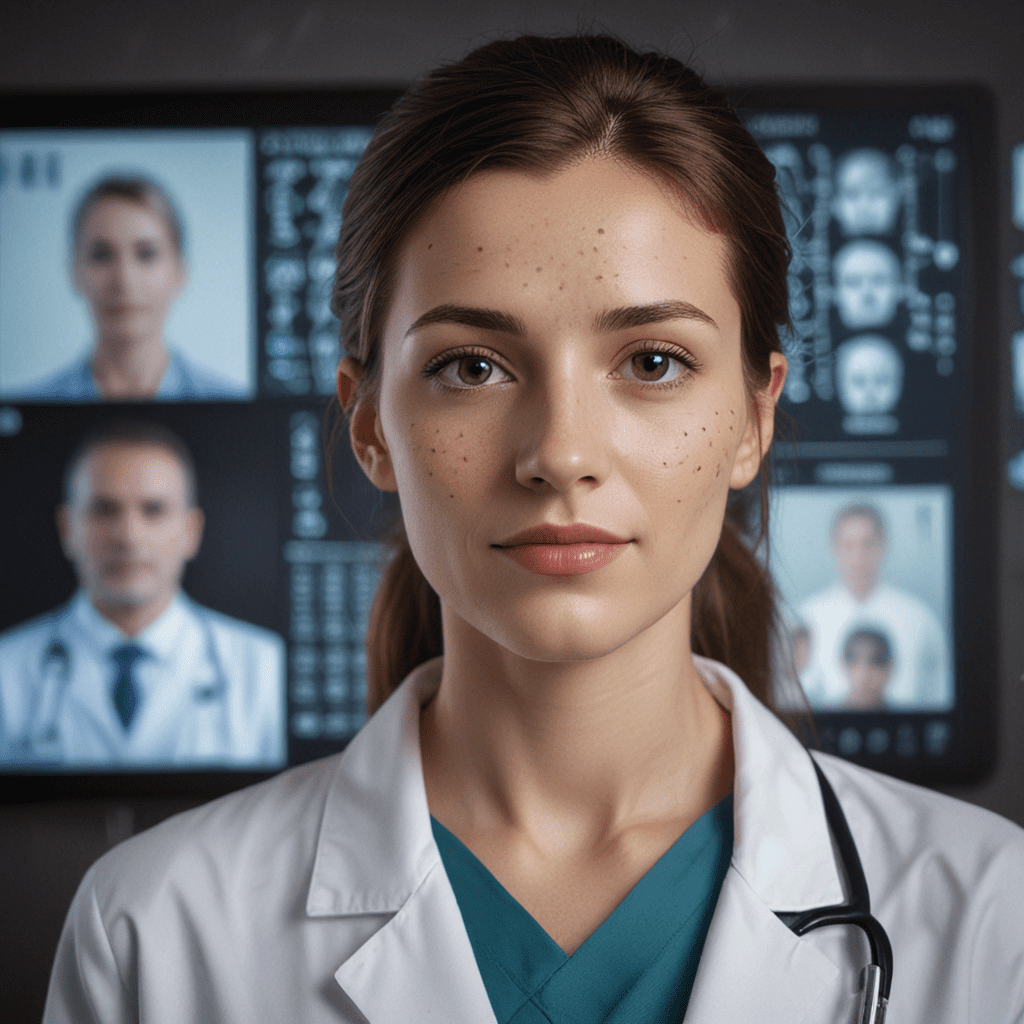1. Introduction
The integration of facial recognition technology within the healthcare realm has opened doors to substantial advancements, revolutionizing patient care. By leveraging the power of facial recognition, healthcare providers can enhance patient identification, personalize treatment plans, monitor patients in real-time, facilitate improved communication and engagement, and collect valuable data for analytics. These capabilities not only streamline healthcare processes but also lead to improved patient outcomes and a more positive overall healthcare experience.
2. Applications of Facial Recognition in Healthcare
Facial recognition technology has a wide range of applications within the healthcare sector. It is primarily utilized for enhancing patient identification, enabling personalized treatment plans, and implementing real-time patient monitoring systems. Additionally, facial recognition can facilitate improved communication and engagement between healthcare professionals and patients, as well as aid in collecting and analyzing data for research purposes.
3. Enhanced Patient Identification
Facial recognition technology offers a secure and efficient method of identifying patients, reducing the risk of errors and potential fraud. By capturing a patient's facial image and matching it against a database of known faces, healthcare providers can quickly and accurately verify a patient's identity. This capability is especially beneficial in situations where traditional methods of identification, such as written documentation or verbal communication, may be unreliable or impractical.
4. Personalized Treatment Plans
Facial recognition technology can provide insights into a patient's medical history, preferences, and unique characteristics. By analyzing facial expressions and patterns, healthcare professionals can gain valuable information that can assist in developing tailored treatment plans that are specific to each patient's needs. This personalized approach to healthcare can lead to more effective and targeted interventions, resulting in improved patient outcomes.
5. Real-Time Patient Monitoring
Facial recognition technology enables the continuous monitoring of patients, particularly those who are critically ill or require constant supervision. By analyzing facial expressions and vital signs, healthcare providers can detect subtle changes that may indicate a deterioration in a patient's condition. This real-time monitoring allows for prompt intervention and can help prevent adverse events or emergency situations.
6. Improved Communication and Engagement
Facial recognition technology enhances communication and engagement between healthcare professionals and patients. By recognizing patients' faces, healthcare providers can address them by name and recall their preferences, medical history, and previous interactions. This personalized approach fosters a positive patient experience, increases satisfaction, and promotes better adherence to treatment plans.
7. Data Collection and Analytics
Facial recognition technology can collect valuable data for analytics purposes. By analyzing facial expressions and patterns, healthcare providers can gain insights into patient satisfaction, pain levels, and emotional well-being. This data can be used to improve healthcare services, optimize treatment plans, and conduct research on the effectiveness of different interventions.
8. Benefits for Healthcare Professionals
Facial recognition technology offers numerous benefits to healthcare professionals. It streamlines patient identification and verification processes, saving time and reducing errors. The technology also provides valuable insights into patient behavior and preferences, enabling healthcare professionals to provide more personalized and effective care. Additionally, facial recognition can enhance security and protect patient privacy by preventing unauthorized access to medical records.
9. Ethical Considerations and Privacy Concerns
The implementation of facial recognition technology in healthcare raises ethical considerations and privacy concerns. It is crucial to ensure that the technology is used responsibly, with appropriate safeguards in place to protect patient privacy. Informed consent should be obtained from patients before their facial data is collected and used, and strict data security measures should be implemented to prevent unauthorized access.
10. Future Prospects and Innovations
Facial recognition technology is rapidly evolving, with continuous advancements in accuracy and efficiency. Future innovations may include the integration of facial recognition with other technologies, such as artificial intelligence and machine learning, to further enhance patient care. Additionally, the development of new applications and use cases for facial recognition in healthcare is expected, leading to even greater improvements in patient outcomes.
FAQ
How does facial recognition technology work in healthcare?
Facial recognition technology utilizes advanced algorithms to analyze and match facial features, enabling the identification and recognition of individuals.What are the benefits of facial recognition in healthcare?
Facial recognition in healthcare offers numerous benefits, including enhanced patient identification, personalized treatment plans, real-time patient monitoring, improved communication and engagement, and data collection for analytics.Are there any ethical or privacy concerns associated with facial recognition in healthcare?
Yes, it is important to address ethical considerations and privacy concerns by obtaining informed consent, implementing robust data security measures, and using the technology responsibly.
- What are the future prospects for facial recognition in healthcare?
Facial recognition technology in healthcare is expected to continue advancing, with potential integrations with artificial intelligence and new applications, leading to further improvements in patient outcomes.


